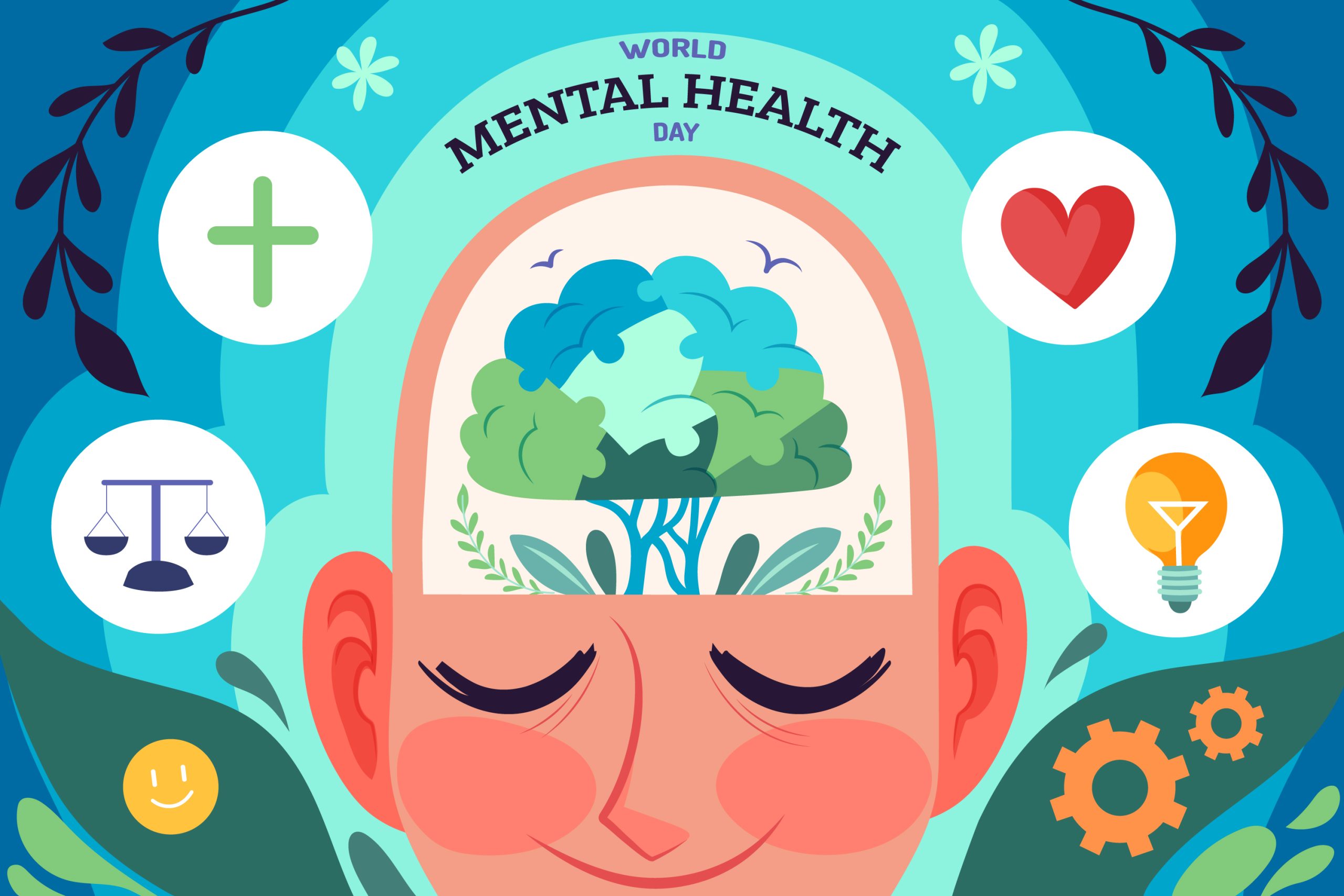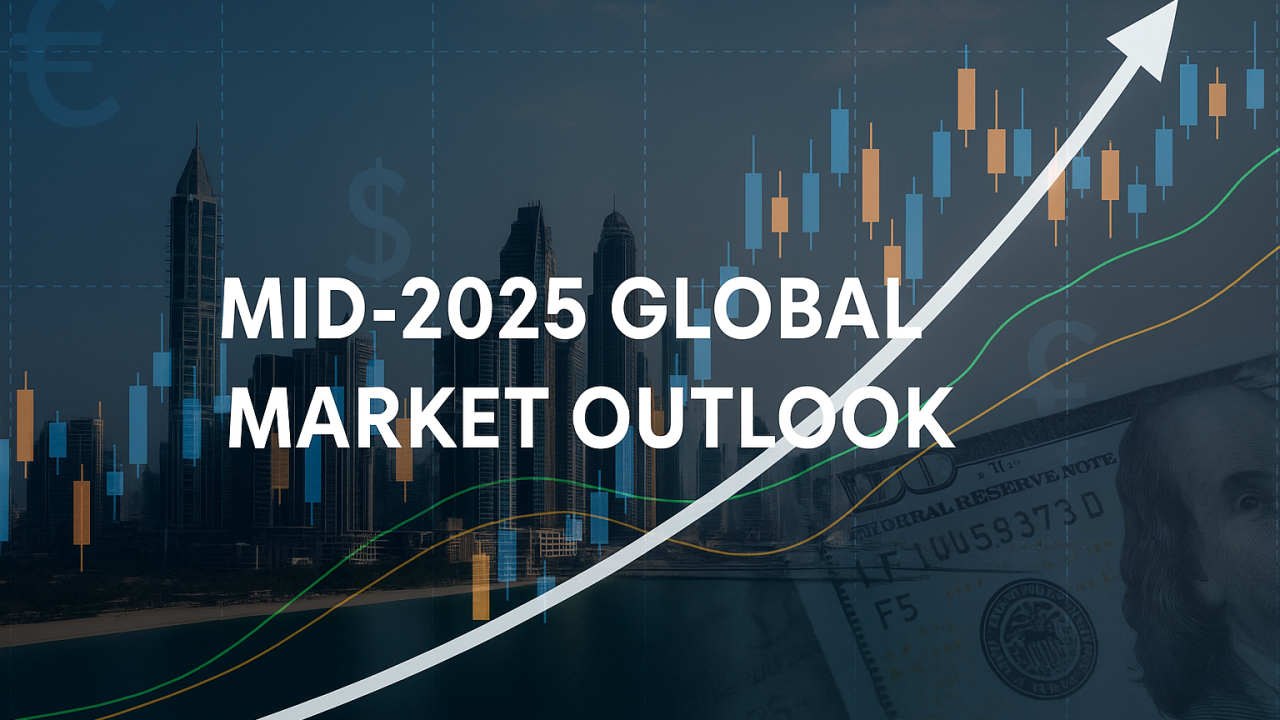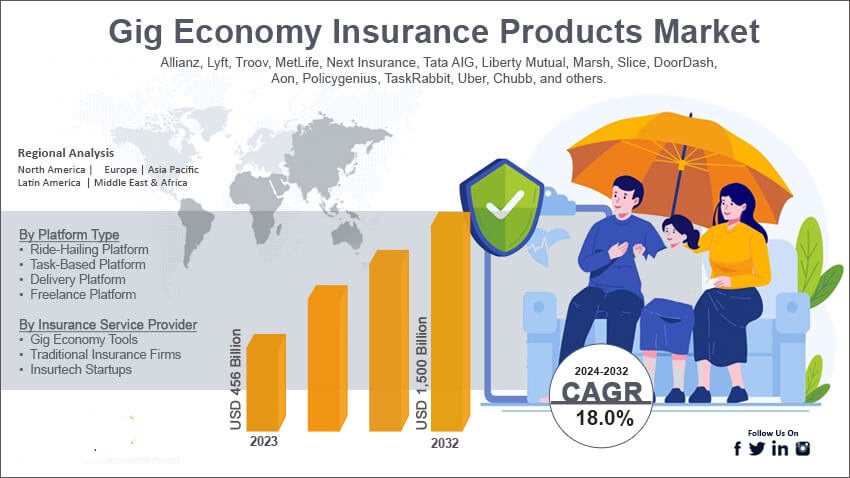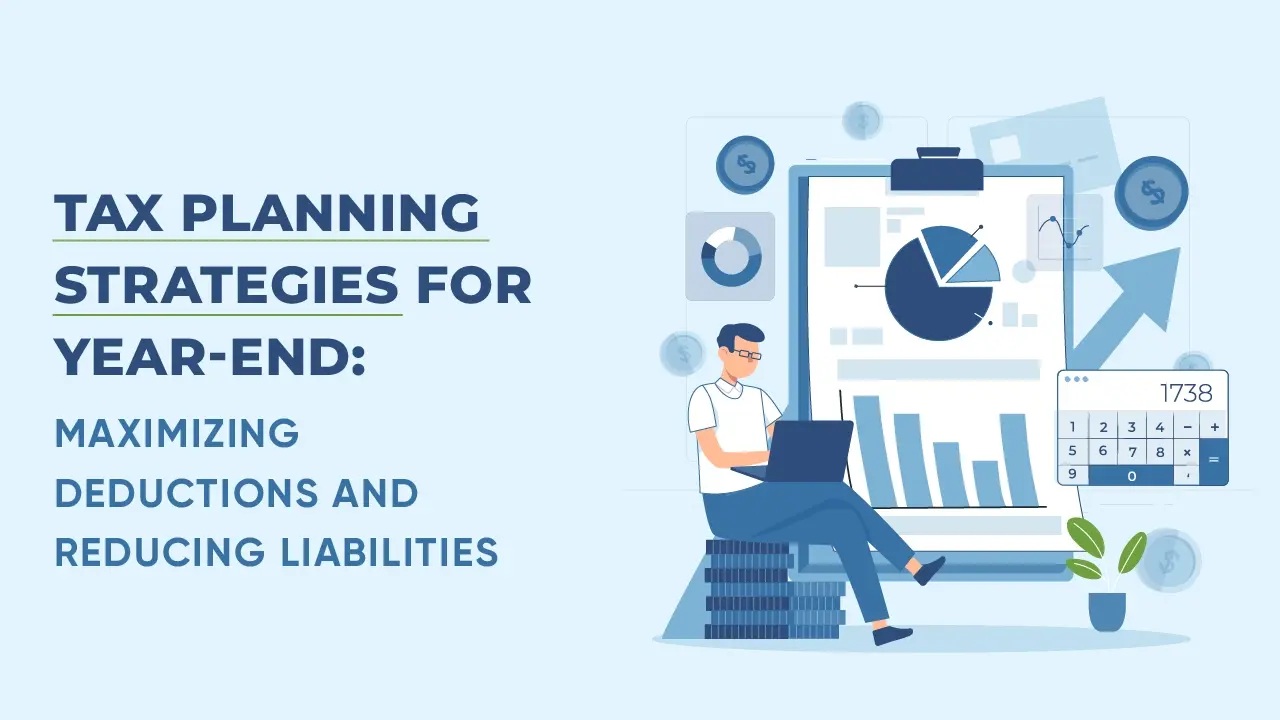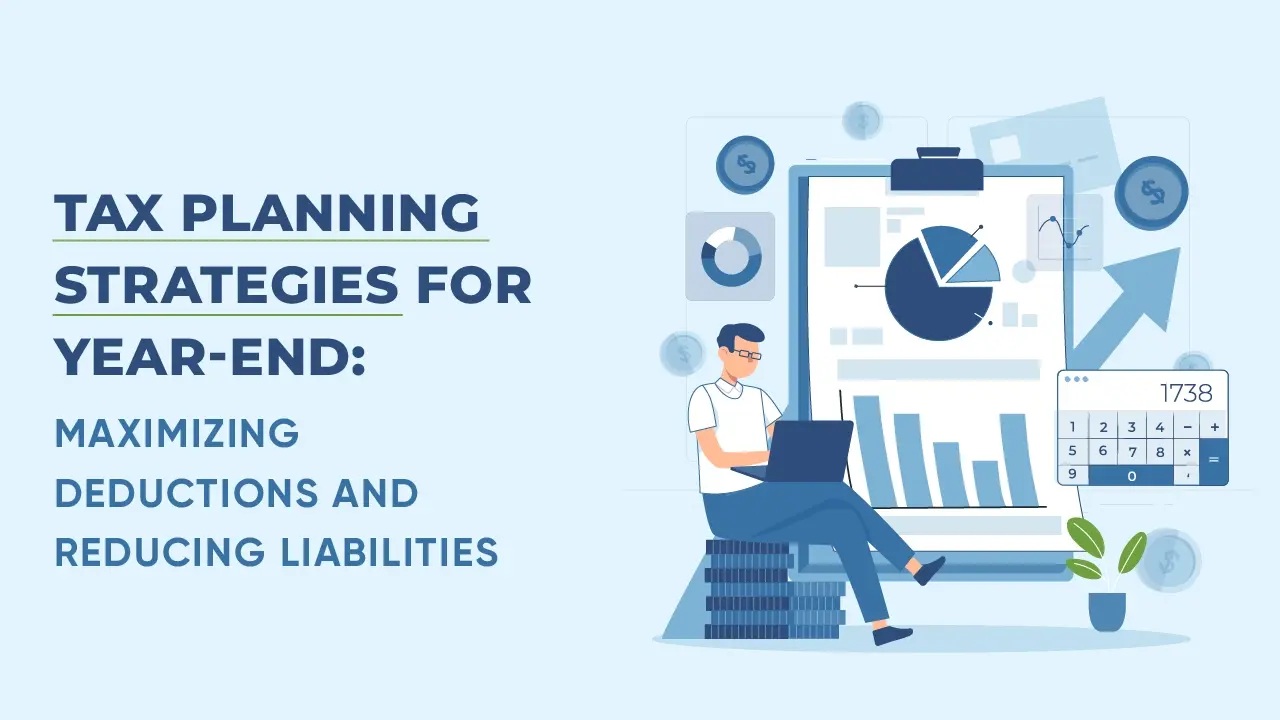In an unpredictable world, life insurance is no longer just a safety net — it’s becoming a dynamic part of financial planning. As we head into 2025, the life insurance industry is undergoing a significant transformation, driven by technology, changing consumer behaviors, and evolving economic landscapes.
Whether you’re a policyholder, financial advisor, or insurance company executive, staying ahead of the latest life insurance trends is crucial. In this comprehensive guide, we’ll explore what’s shaping the future of life insurance in 2025 — and how you can benefit from these changes.
Table of Contents
- Introduction: The Shifting Landscape
- Trend #1: Digitization and AI Integration
- Trend #2: Personalized Policies and Predictive Underwriting
- Trend #3: Usage-Based Life Insurance
- Trend #4: Embedded Life Insurance Products
- Trend #5: Mental Health and Wellness Integration
- Trend #6: Micro-Insurance for Underserved Populations
- Trend #7: Climate Change and Insurability
- Trend #8: Blockchain in Life Insurance
- Trend #9: Rise of Subscription-Based Life Insurance
- Trend #10: Focus on Financial Literacy and Consumer Education
- Trend #11: Regulatory Developments in 2025
- The Role of InsurTech Startups
- Changing Consumer Expectations in 2025
- Life Insurance for Gig Workers and Freelancers
- Global Outlook: Emerging Markets Take the Lead
- Impact on Traditional Insurance Agents
- How to Choose the Right Life Insurance in 2025
- Predictions for 2030 and Beyond
- Conclusion
- FAQs
Introduction: The Shifting Landscape
Life insurance has always been about peace of mind. But in 2025, it’s also about data, technology, customization, and accessibility. With consumers demanding faster service, smarter products, and digital-first experiences, insurers are being forced to evolve — and fast.
So, what’s driving this transformation?
- Tech innovation (AI, wearables, and blockchain)
- Shifting demographics
- The COVID-era legacy of health awareness
- Economic volatility and inflation concerns
Let’s explore the most impactful trends you can expect in 2025.
Trend #1: Digitization and AI Integration
Gone are the days of paper applications and long underwriting processes. In 2025, AI and automation are at the heart of life insurance innovation.
Key Highlights:
- Chatbots and virtual agents streamline customer service
- AI handles risk assessments in real-time
- Claims processing times have dropped from weeks to minutes
Insurers now leverage machine learning to analyze thousands of data points — from electronic health records (EHRs) to social media behavior — to issue policies faster and with more accuracy.
💡 SEO Tip: Users search for “AI in life insurance 2025” — include this phrase in meta descriptions and H2 tags.
Trend #2: Personalized Policies and Predictive Underwriting
Consumers in 2025 want customized policies that reflect their unique lifestyle, not one-size-fits-all solutions.
Thanks to predictive analytics, insurers can now offer:
- Dynamic pricing based on real-time health data
- Behavior-based policy adjustments
- Risk scores powered by wearable tech and health apps
Underwriting is becoming a living process rather than a one-time assessment.
Trend #3: Usage-Based Life Insurance
Usage-based insurance (UBI), popularized in auto insurance, is gaining ground in life insurance too.
How it works:
- Customers opt into health tracking
- Premiums fluctuate based on daily activity
- Incentives are given for healthy behaviors (e.g., walking 10,000 steps)
This model rewards prevention and active living.
Trend #4: Embedded Life Insurance Products
In 2025, life insurance is showing up everywhere — as an add-on in digital ecosystems.
Examples:
- Buy-now-pay-later (BNPL) apps offering micro-coverage
- Mortgage lenders embedding policies in loan agreements
- E-commerce platforms bundling life insurance with tech gadgets
This convenience-first approach appeals to younger, digitally native consumers.
Trend #5: Mental Health and Wellness Integration
The post-pandemic era placed mental health at the center of the health discussion. Life insurers have taken notice.
Now, policies often include:
- Access to mental health resources and therapy apps
- Discounts for mindfulness, meditation, and wellness participation
- Stress-level assessments as part of risk modeling
Mental health is no longer just a talking point — it’s a key underwriting metric.
Trend #6: Micro-Insurance for Underserved Populations
Billions globally remain uninsured. In 2025, insurers are tapping into micro-insurance — small, affordable coverage for emerging markets.
Features:
- Policies as low as $2/month
- Offered via mobile platforms in regions like Africa and Southeast Asia
- Distributed through fintech partnerships and SMS-based platforms
This trend is democratizing access to life insurance.
Trend #7: Climate Change and Insurability
Climate change is affecting life expectancy, especially in vulnerable regions.
Insurers are now factoring in:
- Environmental risk scores
- Wildfire, heatwave, and pollution exposure
- Long-term health impact from climate-related diseases
It’s pushing companies to rethink longevity projections and policy pricing.
Trend #8: Blockchain in Life Insurance
Blockchain technology is no longer theoretical. In 2025, it’s improving transparency and fraud prevention in the life insurance industry.
Real-World Applications:
- Smart contracts auto-verify claims
- Immutable medical records
- Enhanced data security across platforms
It’s particularly useful in cross-border policy management.
Trend #9: Rise of Subscription-Based Life Insurance
The Netflix-style model has arrived.
Subscription-based life insurance offers:
- Monthly flexibility
- Easy policy upgrades/downgrades
- Cancel-anytime freedom
This model is popular among millennials and Gen Z, who prefer no long-term contracts.
Trend #10: Focus on Financial Literacy and Consumer Education
Today’s consumer is more skeptical. In 2025, insurance companies are investing heavily in financial literacy tools to:
- Educate on term vs. whole life
- Help users calculate coverage needs
- Clarify confusing jargon through AI assistants
Better-educated customers mean higher conversion rates and trust.
Trend #11: Regulatory Developments in 2025
Governments are catching up to innovation. In 2025, you can expect:
- Stricter data privacy regulations (especially for wearables)
- Greater transparency in algorithmic decision-making
- Licensing for InsurTech partnerships
Regulations will vary by country, but compliance will be a major focus.
The Role of InsurTech Startups
Startups like Ladder, Ethos, and Policygenius are not just disrupting — they’re redefining the industry.
What they’re doing:
- Offering instant life coverage in under 10 minutes
- Providing data-rich mobile apps
- Removing traditional agents and going direct-to-consumer
Expect even more AI-first, mobile-only InsurTech solutions in 2025.
Changing Consumer Expectations in 2025
Today’s consumers want:
- Instant results
- Personalized recommendations
- Transparent pricing
- Ethical data use
This has shifted life insurance from a reactive product to a proactive lifestyle service.
Life Insurance for Gig Workers and Freelancers
With the gig economy booming, freelancers need coverage too — but traditional models don’t always work.
In 2025, expect:
- Flexible, portable policies
- Pay-as-you-go premiums
- Custom plans for non-W2 earners
Platforms like Fiverr, Upwork, and Uber are starting to offer group coverage options.
Global Outlook: Emerging Markets Take the Lead
Markets like India, Indonesia, Nigeria, and Brazil are leading the charge with:
- Mobile-first insurance apps
- Community-based models
- Peer-to-peer life insurance programs
Global insurers are investing heavily in hyperlocal, culturally relevant models.
Impact on Traditional Insurance Agents
Tech isn’t replacing agents — it’s transforming their roles.
In 2025, agents are:
- Trusted advisors, not just sellers
- Using AI dashboards to customize pitches
- Building long-term relationships via digital tools
The human touch still matters — but it’s now backed by powerful tech.
How to Choose the Right Life Insurance in 2025
Here’s your quick checklist:
✅ Is the policy digitally accessible?
✅ Does it offer customized options?
✅ Are wearables or health apps part of the plan?
✅ Can you upgrade/downgrade anytime?
✅ Is the company transparent about data use and privacy?
Don’t just buy what’s cheapest — buy what fits your life.
Predictions for 2030 and Beyond
- AI will make real-time underwriting the norm
- Global digital identity networks will streamline applications
- Life insurance will integrate with genetic data and health forecasting
- Climate-adjusted premiums will be widespread
- Decentralized insurance DAOs (blockchain-based) may emerge
Conclusion
Life insurance in 2025 is smarter, faster, more personalized, and globally inclusive. The days of static policies and paper applications are behind us.
Whether you’re buying your first plan or upgrading an old one, staying informed about trends is essential.
Make sure your life insurance in 2025 isn’t just about protection, but also about progress.
FAQs
1. What is the biggest life insurance trend in 2025?
AI-powered underwriting and personalization top the list, along with subscription-based models.
2. Is wearable tech really affecting life insurance pricing?
Yes! Insurers now use data from wearables to reward healthy habits and assess real-time risks.
3. Can I get life insurance without a medical exam in 2025?
Absolutely. Many companies offer no-exam policies based on data-driven assessments.
4. Are micro-policies a good choice?
For those in developing markets or with tight budgets, micro-insurance offers affordable protection.
5. How can I stay updated on life insurance trends?
Follow InsurTech blogs, financial news, and subscribe to updates from trusted insurance providers.
Mental Health Tech 2025: How Technology is Transforming Mental Wellness





